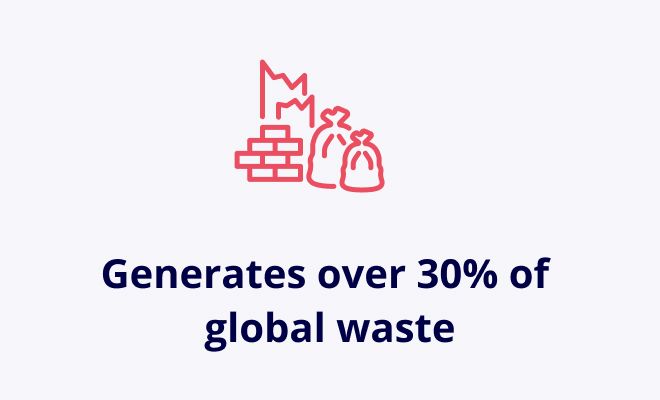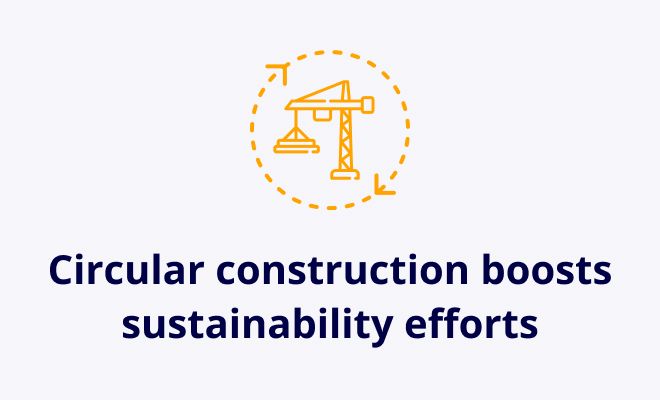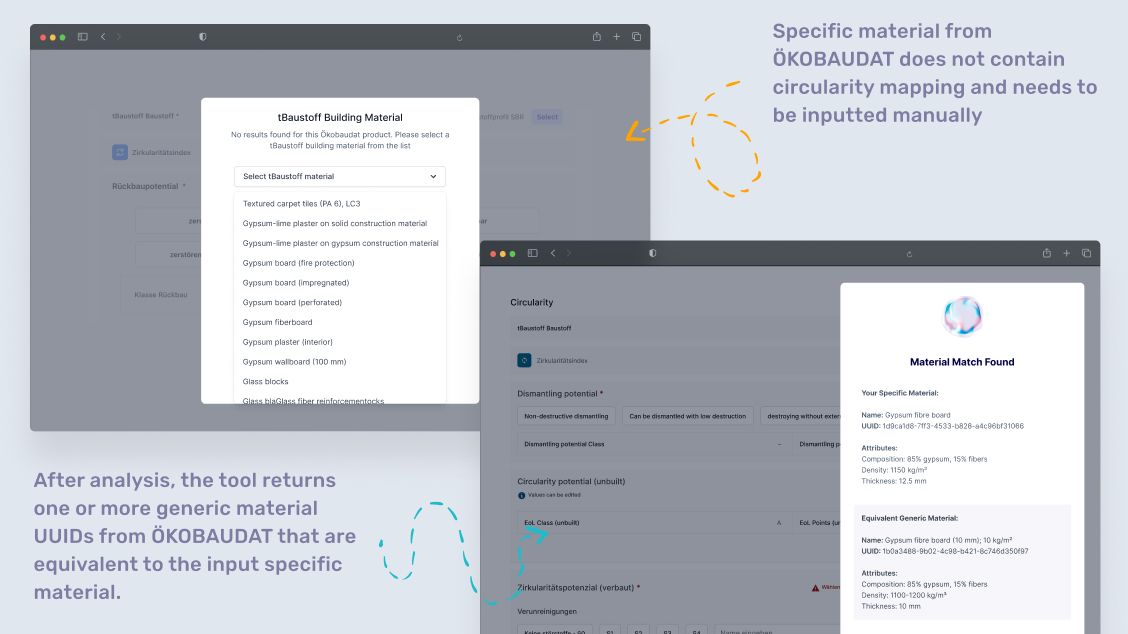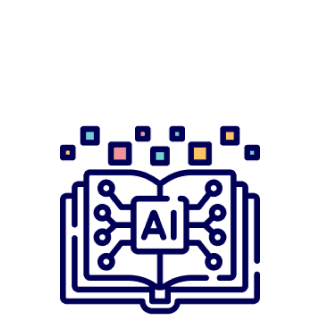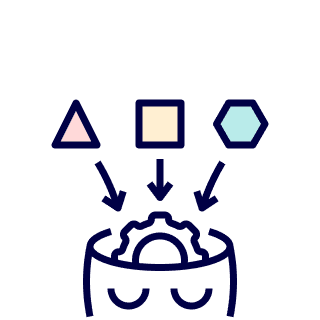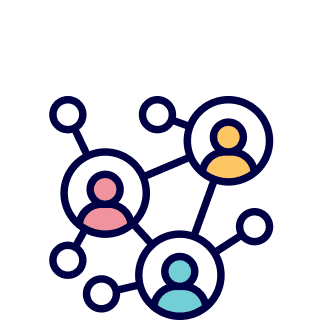The Problem We are Tackling
To transition to a circular economy, new dynamic circular processes are required in the overall “building” system.
The ‘eLCA Circularity Index’ is a web application (MVP), currently developed by the BBSR, for architects and sustainability specialists to assess the circular quality of materials in building components. The circularity index of a building material reflects its ability to be reused, recycled, or repurposed without significant loss of functionality or value. The current process of assessing building material circularity is:
⚠️ Mostly manual.
⚠️ Dependent on expert knowledge.
⚠️ Lacking intelligent material suggestions and optimisations,
The
AI-powered Solutions will:
✅ Automate Circularity Assessments: Reduce manual input and improve accuracy
✅ Expand Material Data Scope: Allow assessment of a wider range of materials.
✅ Demystify circularity metrics: Make the tool accessible for all expertise levels. Help users understand building materials, their circular potential and their role in sustainable construction.
The video below explains the challenge in detail:

